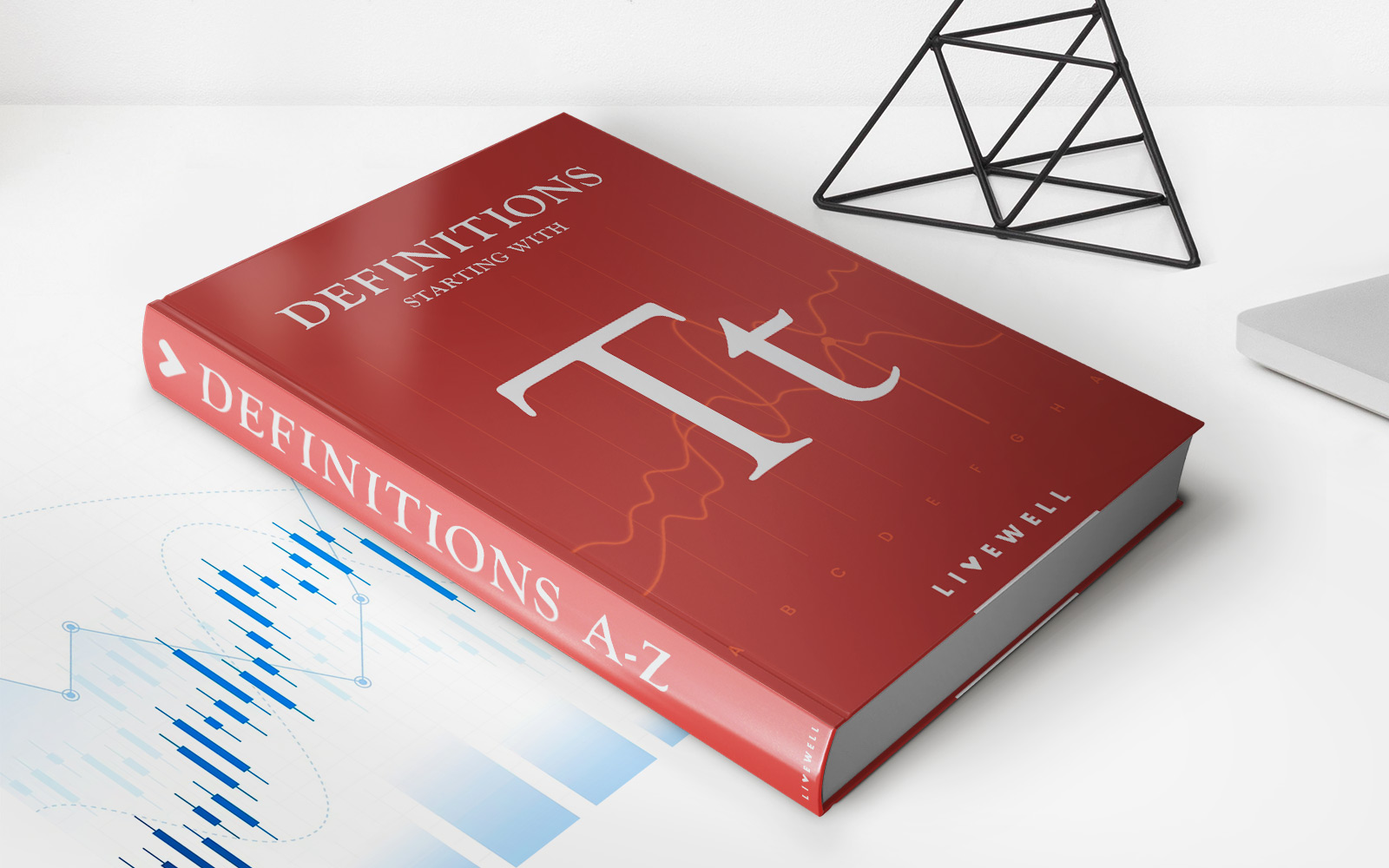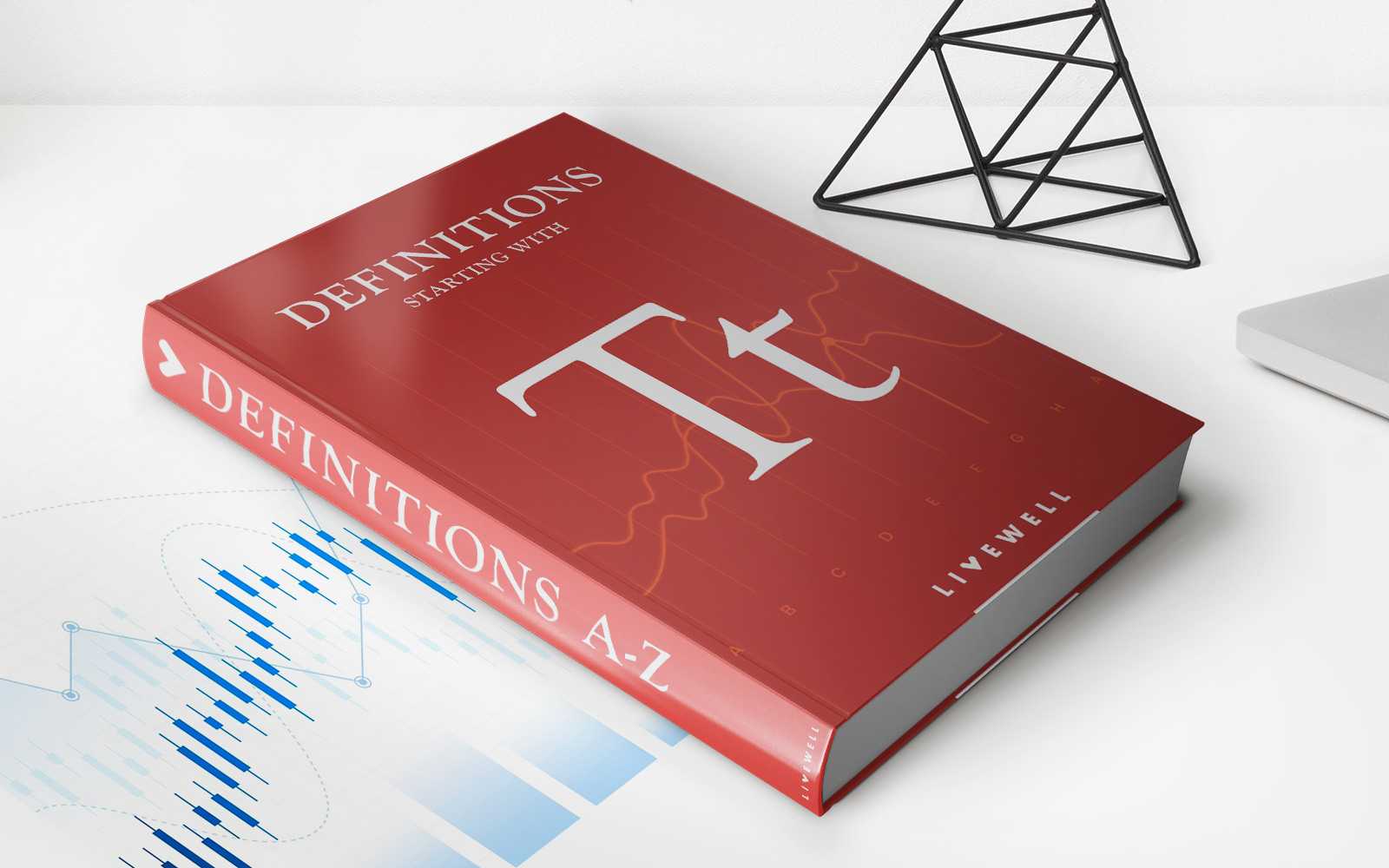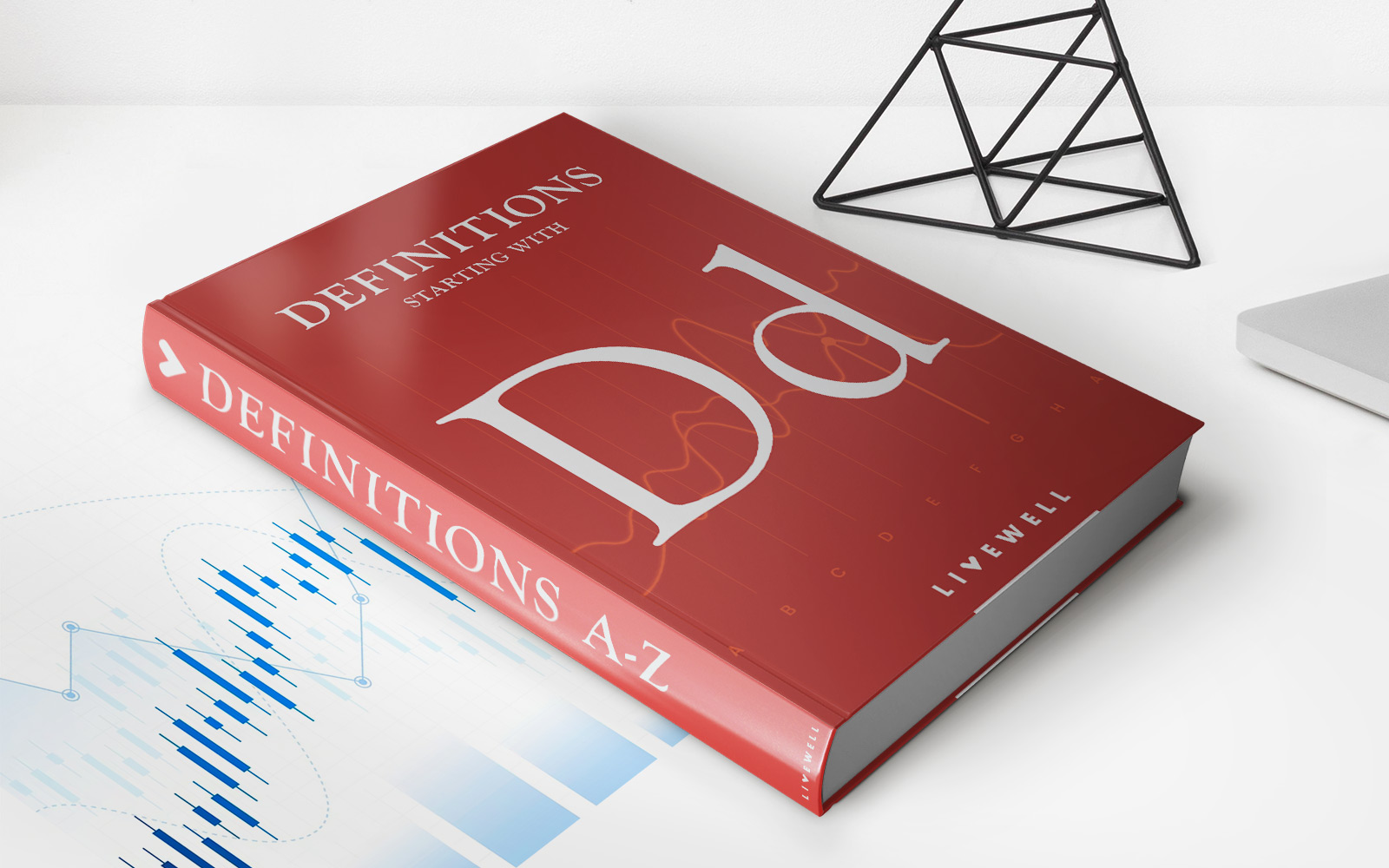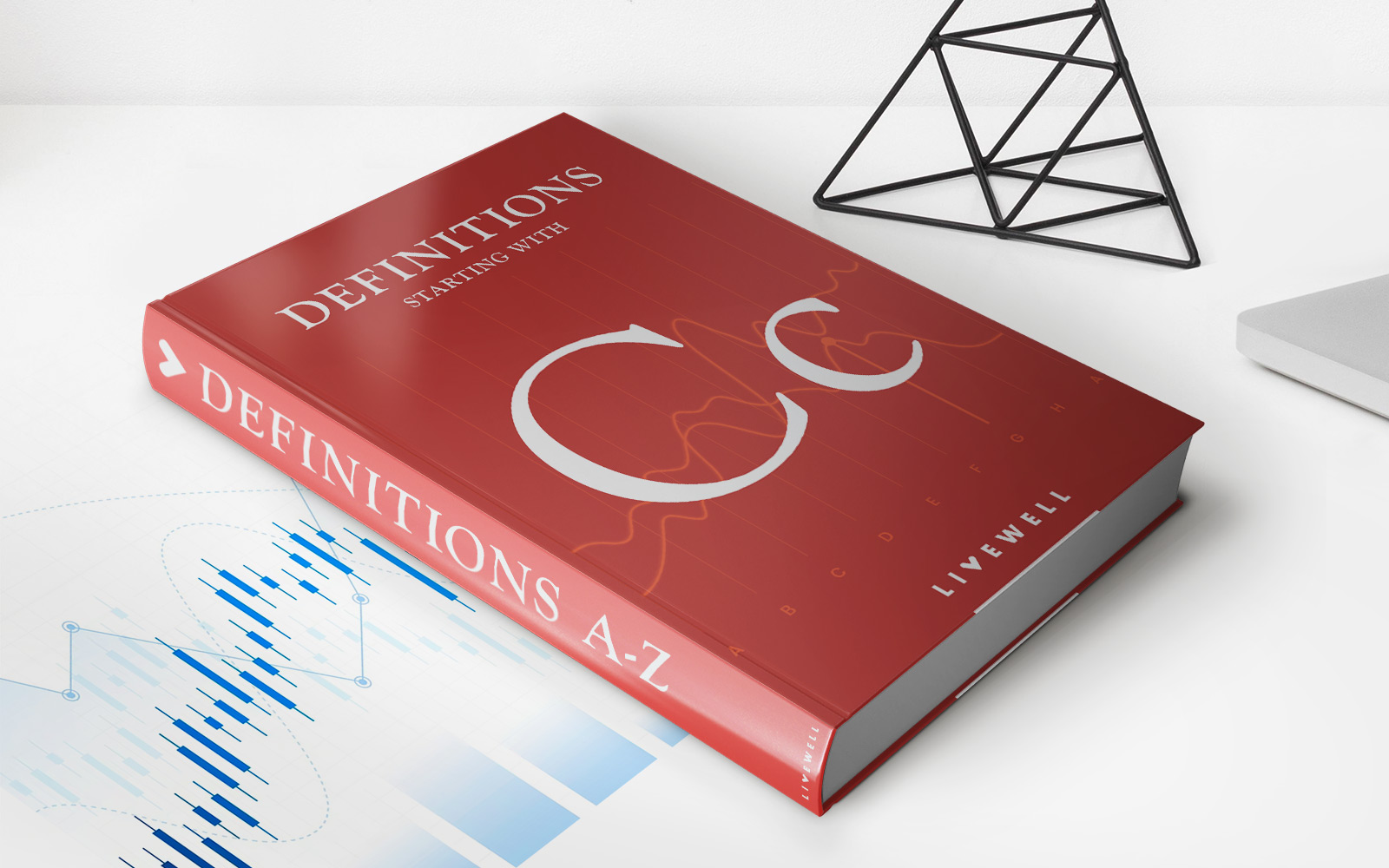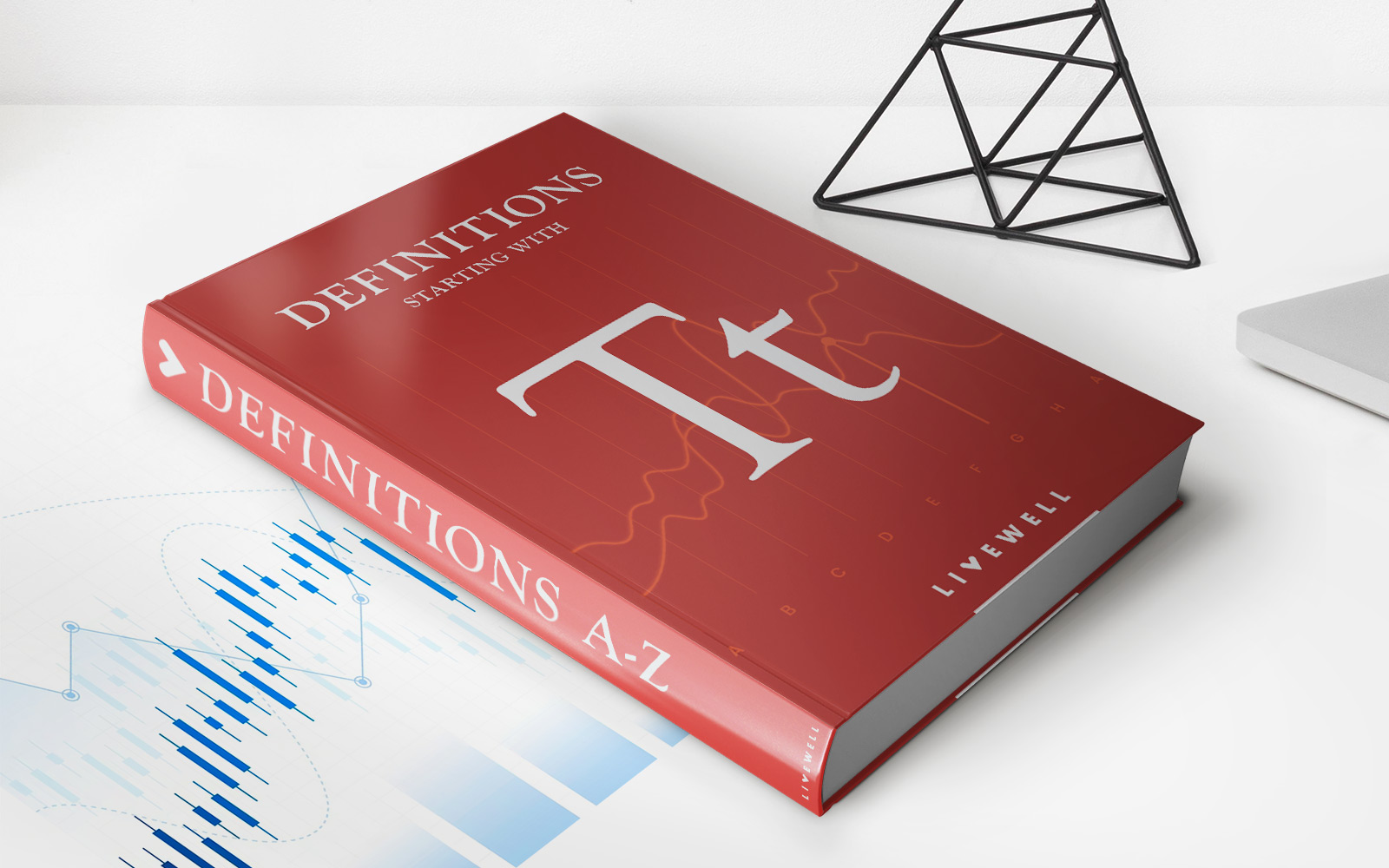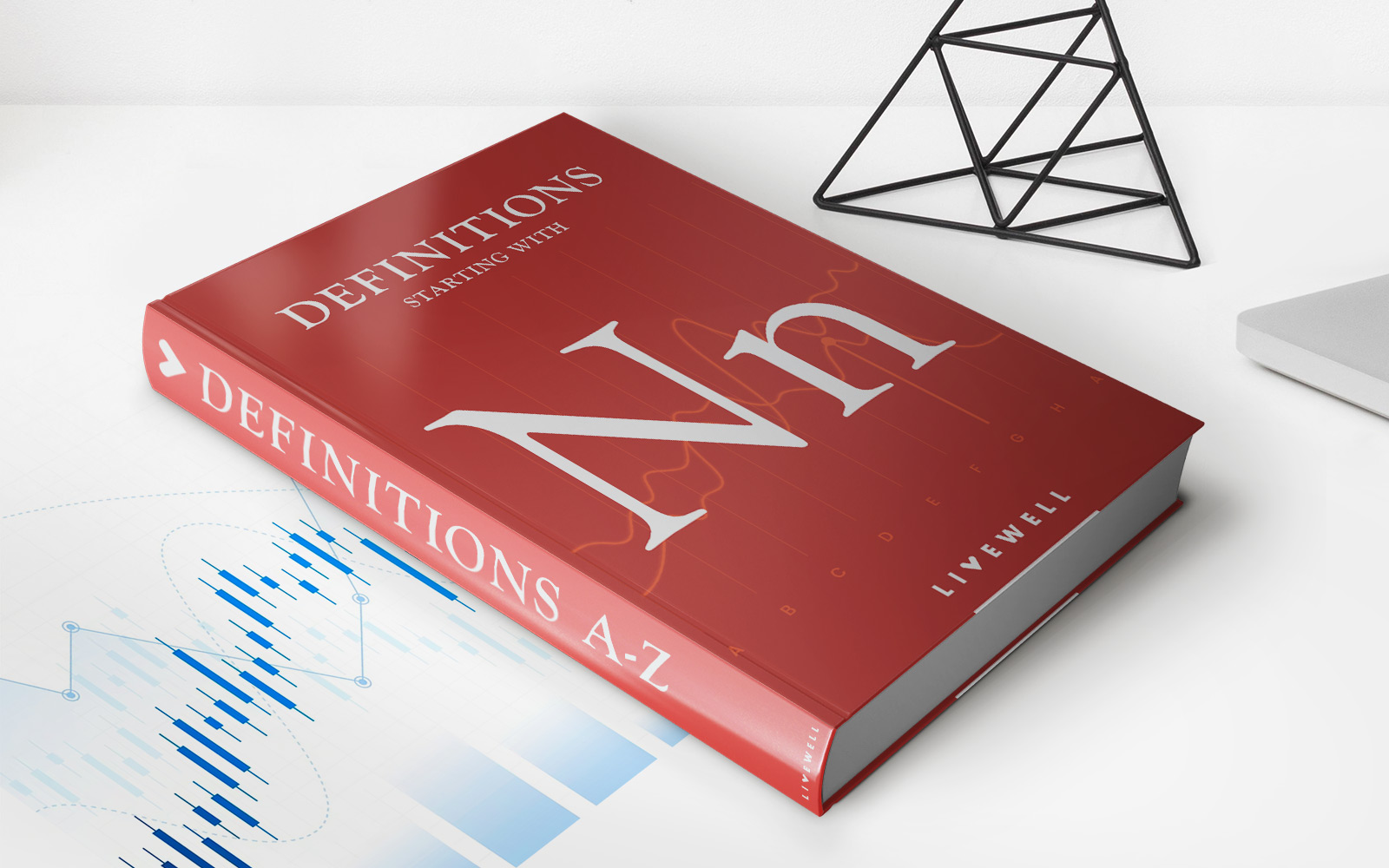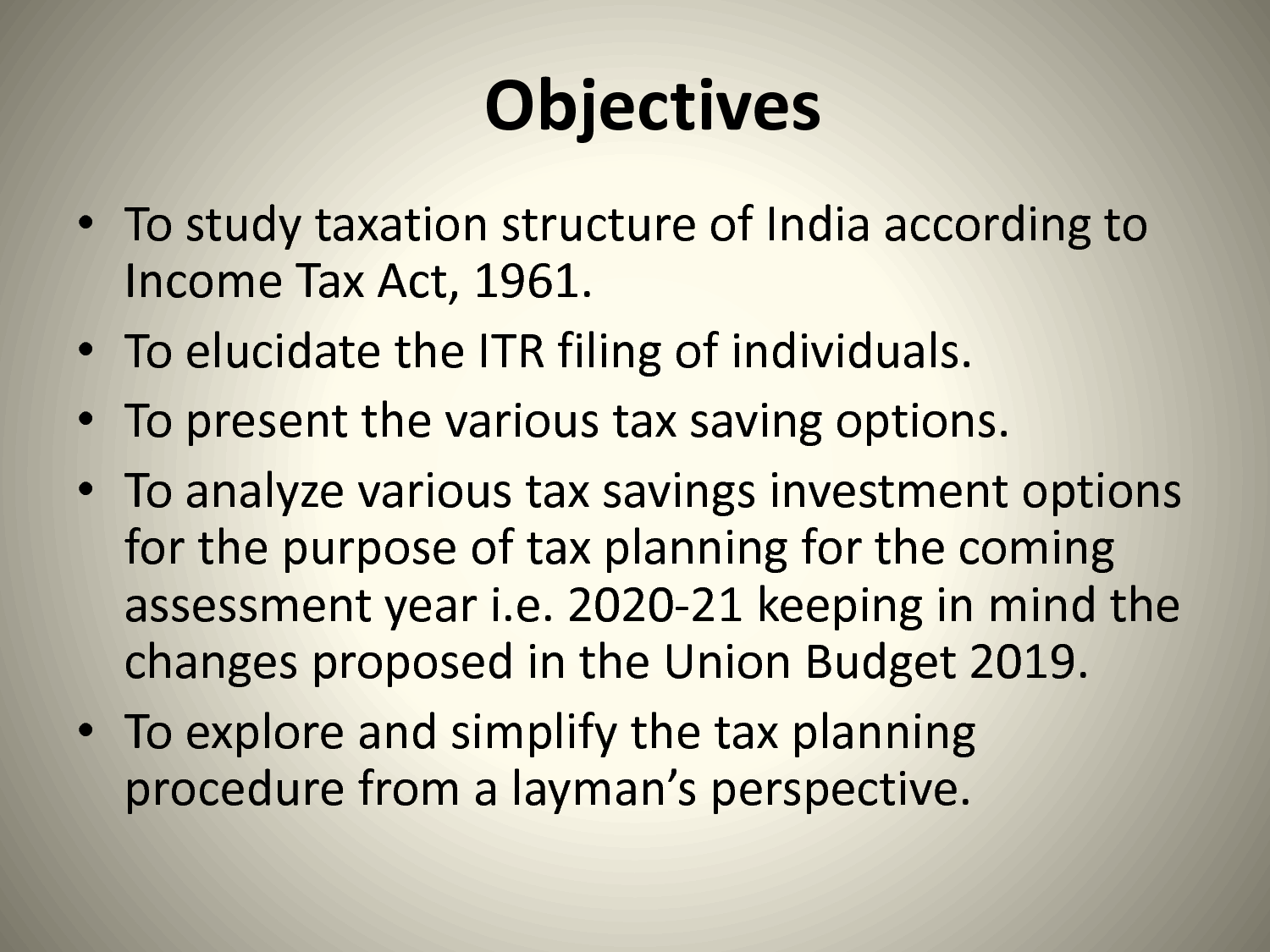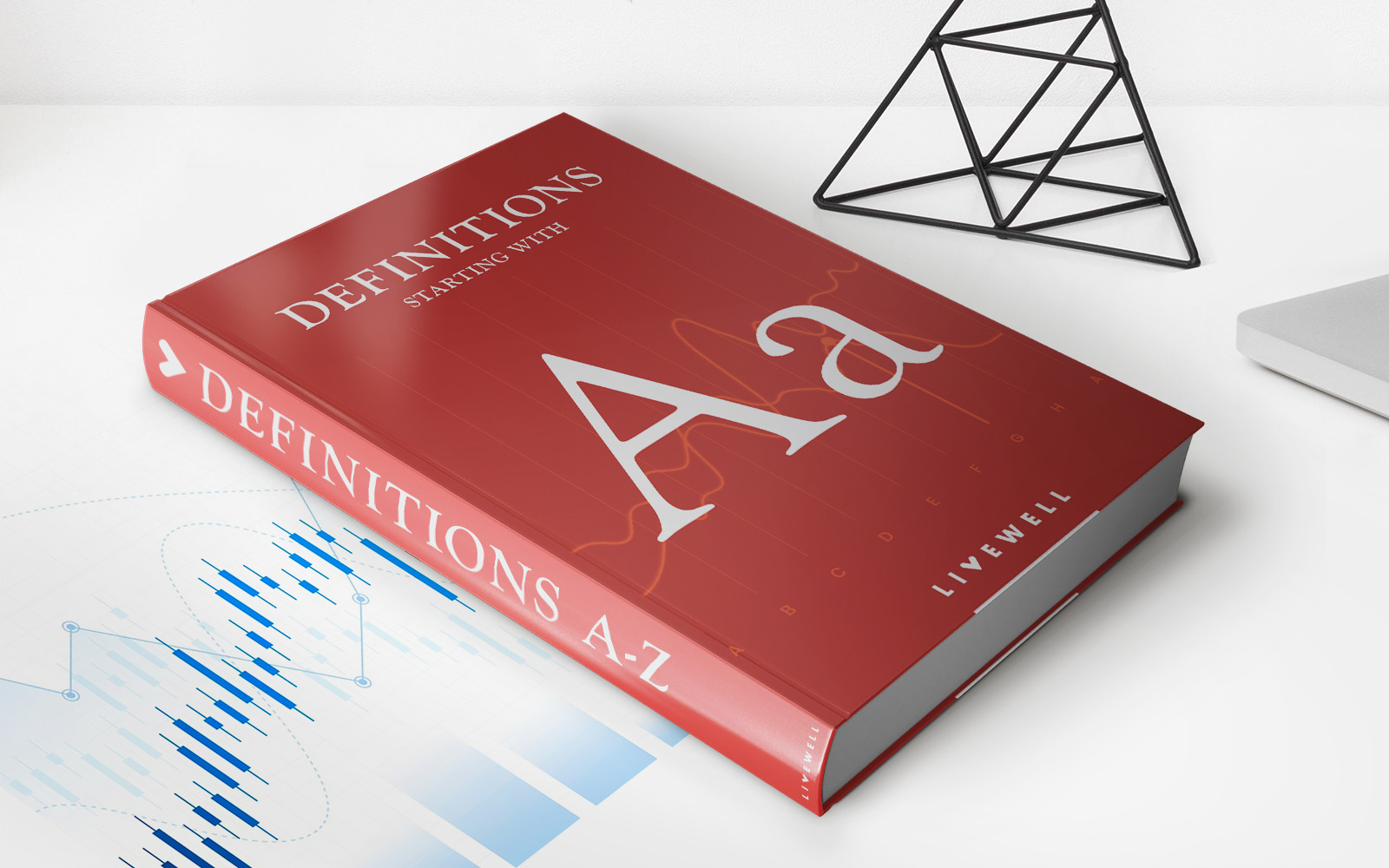Home>Finance>Pigovian Tax: Definition, Purpose, Calculation, And Examples
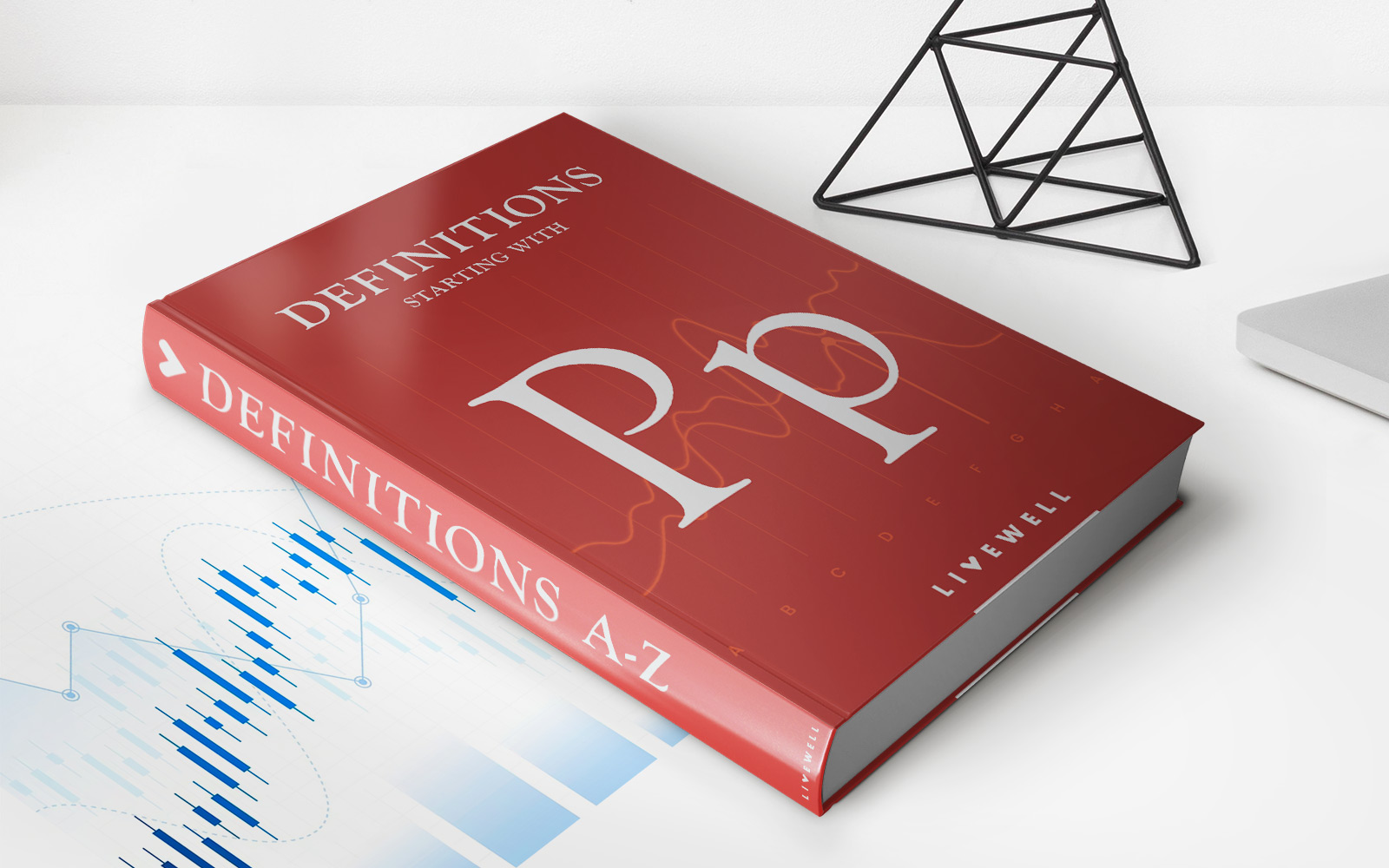

Finance
Pigovian Tax: Definition, Purpose, Calculation, And Examples
Published: January 8, 2024
Learn about the Pigovian tax in finance, its definition, purpose, calculation, and real-life examples to understand its role in correcting externalities and promoting market efficiency.
(Many of the links in this article redirect to a specific reviewed product. Your purchase of these products through affiliate links helps to generate commission for LiveWell, at no extra cost. Learn more)
Understanding Pigovian Tax: Definition, Purpose, Calculation, and Examples
When it comes to financial matters, understanding different tax systems is crucial. One such tax system that often comes up in discussions is the Pigovian tax. In this article, we will delve into the world of Pigovian tax, exploring its definition, purpose, calculation, and providing relevant examples. So, let’s get started!
Key Takeaways:
- Pigovian tax is a type of tax imposed on activities that generate negative externalities, such as pollution or traffic congestion.
- Its purpose is to internalize the costs associated with these externalities by increasing the price of the harmful activity.
Definition
A Pigovian tax, named after the economist Arthur C. Pigou, is a tax levied on activities that result in negative externalities. Negative externalities occur when the actions of individuals or businesses impose costs on society that are not adequately reflected in market prices. Examples of negative externalities include pollution, congestion, or the consumption of goods with harmful health effects.
The implementation of a Pigovian tax aims to discourage such activities by increasing their prices, making them less attractive to consumers or businesses.
Purpose
The purpose of a Pigovian tax is twofold:
- Internalizing Externalities: By imposing a tax on activities with negative externalities, the aim is to align private costs with social costs. When the price of goods or services reflects their true social costs, individuals and businesses are encouraged to consider the wider impact of their actions and make more socially responsible choices.
- Revenue Generation: Pigovian taxes can also serve as a source of government revenue. The funds obtained from these taxes can be allocated to address the negative externalities they seek to mitigate, such as funding environmental cleanup initiatives or investments in public transportation to reduce congestion.
Calculation
The calculation of a Pigovian tax can vary depending on the specific externalities being targeted. Generally, the tax is determined based on the level of harm caused by the activity or the amount of negative externality generated. Economists and policymakers use various methodologies to estimate the cost of the externalities and derive an appropriate tax rate.
Calculating a Pigovian tax requires a thorough analysis of the external costs imposed by the activity, including factors such as environmental damage, healthcare costs, or reduced quality of life for affected individuals. Once these costs are quantified, the tax rate is set at a level that seeks to correct market failures by aligning private and social costs.
Examples
Here are a few examples of Pigovian taxes that have been implemented in various countries around the world:
- Carbon Tax: Many countries have introduced carbon taxes to address the negative externality of greenhouse gas emissions. The tax is applied to industries or individuals based on their carbon footprint, encouraging the reduction of emissions and the transition to cleaner energy sources.
- Congestion Charges: Cities like London and Singapore have implemented congestion charges to reduce traffic congestion and its associated problems. Drivers entering certain zones during peak hours are required to pay a fee, encouraging the use of public transportation or carpooling.
- Sin Taxes: Taxes on products such as tobacco, alcohol, or sugary beverages are examples of Pigovian taxes. These taxes aim to discourage consumption of products that have detrimental effects on health and society, while also generating revenue for public healthcare initiatives.
By implementing Pigovian taxes, governments can both discourage harmful activities and generate revenue for initiatives that mitigate the negative externalities. These examples demonstrate how Pigovian taxes can be effective tools in promoting sustainability, reducing social costs, and creating more equitable societies.
Now that you have a better understanding of Pigovian tax, its purpose, calculation, and examples, you can navigate conversations about taxation with confidence. Remember, it’s always valuable to be aware of the different tax systems and their implications for individuals, businesses, and society as a whole.
